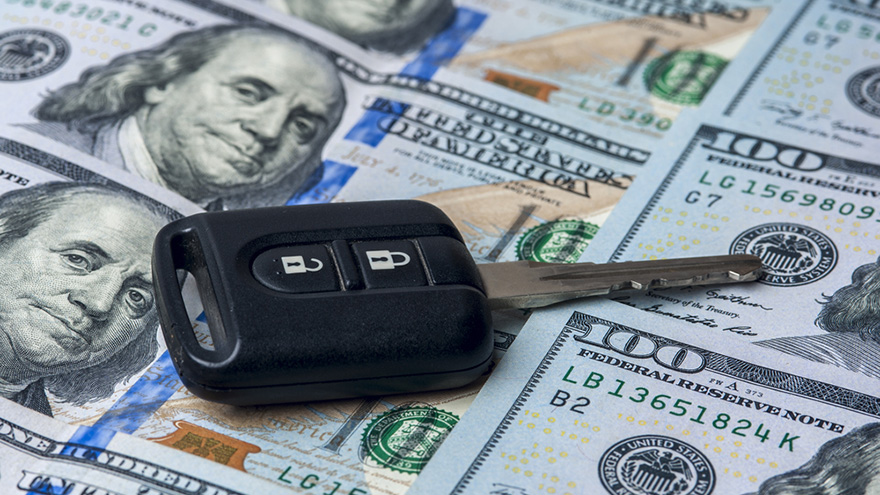Depreciation still a top factor for cost of vehicle ownership

By subscribing, you agree to receive communications from Auto Remarketing and our partners in accordance with our Privacy Policy. We may share your information with select partners and sponsors who may contact you about their products and services. You may unsubscribe at any time.
BOSTON –
Depreciation accounts for 32.9 percent of the total cost to own and operate a vehicle over the past 12 months. That is according to a “2019 Cost of Vehicle Ownership Trend Report” from vehicle management and reimbursement platform, Motus.
Another finding of the report was that in 2018, the average sale price for a used vehicle increased about 2.9 percent to $16,738. And here’s another: The demand for SUVs has never been higher.
The Motus report comes on the heels of a recent Kelley Blue Book Cost-to-Own survey, in which Subaru and Lexus came out on top in the 5-Year-Cost-to-Own categories of brand, and luxury brand, respectively.
In the area of residual values, Motus predicts a 2019 peak in the off-lease vehicle surge, which would lead to strong supply levels in the used market. That surge of vehicles is projected to meet buyer demand. After several years of price inflation that was a result of limited supply, the used-vehicle market will meet buyer demand for SUVs and light trucks. That should help realign SUV and light truck residual values with car residual values, according to Motus, which sourced a Vehicle Remarketing report.
Motus notes that their own full report details how new vehicle prices, residual values and depreciation directly impact the costs of owning and operating vehicles.
The report reveals some market trends influencing vehicle ownership expenses. For example, consumer preference is a main factor for vehicle prices, and those prices have increased steadily in recent years. The average price for new vehicles in the U.S. in 2018 was around $36,000, which is about a 3-percent increase over the average sale price in 2017.
Subscribe to Auto Remarketing to stay informed and stay ahead.
By subscribing, you agree to receive communications from Auto Remarketing and our partners in accordance with our Privacy Policy. We may share your information with select partners and sponsors who may contact you about their products and services. You may unsubscribe at any time.
“Costs and spending trends affect the way people spend their money, which in turn influences how businesses behave. For example, vehicle depreciation can have a big impact on employees who drive for work every day, as every mile driven affects the residual value of a vehicle,” Motus chief executive officer Craig Powell said in a news release. “It’s important for businesses to account for fluctuations in trends like these because they have a direct impact on the costs of owning and operating a vehicle. With Motus, employers can account for these trends to ensure that they are fairly and accurately reimbursing their team for miles driven for work.”
The 32.9-percent depreciation number represents a slight year-over-year increase, and the rate of depreciation has gradually decreased for the past three years. That represents an 8-percent improvement since 2016, Motus market research analyst Ken Robinson said. “With this in mind, Motus predicts that depreciation will decrease between half of a percent and one percent over the next 12 months,” Robinson said.
Additional findings in the report:
— Forty-eight percent of all car owners who bought new vehicles in 2018 chose SUVs for their next vehicle, Motus said, citing Edmunds.com.
— The increase in the average sale price for a used vehicle was influenced by a stronger demand for small and midsize cars.
— New-car prices should increase about 2 percent in 2019. Increased production costs for improvements, including more fuel-efficient engines and transmissions and lightweight body materials, are among the reasons for those higher prices.
— Possible U.S. tariffs on auto parts could affect the price of all new vehicles. That would add $4,000 to $6,000 to the price of new vehicles, Motus said, citing U.S. News & World Report.
— Residual vehicle values could increase between 0.5 percent and 1 percent over the next 12 months.


